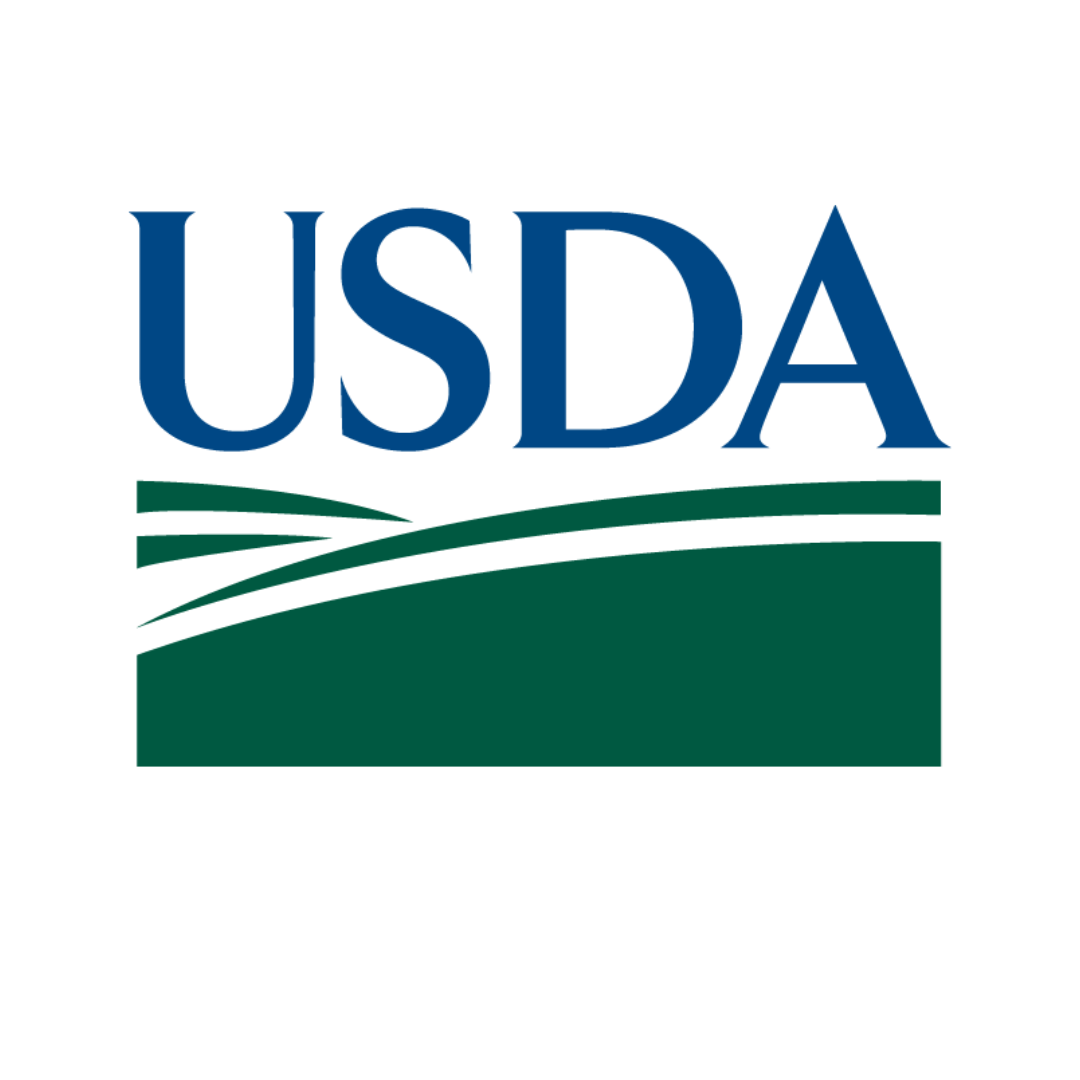About
More information coming soon!
![]()


![]()
| 8:00 AM-9:15 AM |
Module 23—Use of Antibiotics in Animals±Primary activities of many accredited veterinarians include identifying, diagnosing, treating, controlling, and preventing disease in animals. For bacterial diseases, antibiotic treatment is often required to reduce animal suffering. Deciding which antibiotic to use can be complicated, particularly in animals destined for human consumption because of concerns regarding tissue or milk residues and antibiotic resistance. Veterinarians use their problem-solving skills, clinical training, and information gained through continuing education to arrive at the best possible option to treat their patients and protect public health. ‡ This course satisfies the one-hour of California CE requirement on the judicious use of medically important antimicrobial drugs. |
| 9:25 AM-10:25 AM |
Module 1—Introduction to the National Veterinary Accreditation ProgramThe National Veterinary Accreditation Program ensures the health of our nation’s animals on the farm, in our homes, and during local, interstate, and international travel. Being an accredited veterinarian is an honor and a privilege that comes with a unique set of expectations and obligations. Our nation is dependent on its partnership with accredited veterinarians for carrying out many of the programs and services designed to protect public health and well-being by preventing, controlling, and eradicating disease in animals. |
| 11:00 AM-12:00 PM |
Module 18—Avian Influenza and Newcastle DiseaseAfter completion of this module, you will be able to: realize the economic and public health impacts of an exotic avian disease outbreak; recognize the clinical signs associated with avian influenza (AI) and Newcastle disease (ND); describe concerns associated with H5 and H7 low pathogenic AI viruses; understand the roles of the National Poultry Improvement Program (NPIP) Avian Influenza Clean and Monitored programs and the Live Bird Marketing System program in preventing avian influenza (AI); collect and submit samples for the surveillance of AI and ND; report positive results for AI or ND and understand he protocol for investigation, response, communication, and recovery; and implement biosecurity measures specific for these diseases. |
| 1:50 PM-2:50 PM |
Module 34—Veterinary Export Health Certification System (VEHCS)USDA APHIS has created an online system for the creation, issuance, submission, and endorsement of U.S. veterinary export health certificates for the international export of live animals and germplasm called the Veterinary Export Health Certification System, or “VEHCS.” VEHCS supports Accredited Veterinarians in facilitating safe international movement and global trade of live animals and their germplasm, which meet health requirements of destination countries. |
| 3:00 PM-4:00 PM |
Module 22—Animal Welfare: An IntroductionAfter completion of this module, you will be able to explain why animal welfare is an important part of an accredited veterinarian’s regulatory activities; define animal welfare in a comprehensive way; explain how to assess and evaluate an animal’s welfare; and identify the opportunities and challenges that exist in protecting an animal’s welfare. Completion of this module is estimated to take 50 minutes, but will vary depending on your familiarity with the information presented. |
| 4:30 PM-5:30 PM |
Module 25—Using Behavior to Assess Animal WelfareAfter completion of this module, you will be able to identify normal behaviors seen in many animal species under conditions promoting good welfare; describe how sickness behaviors can contribute to improved or compromised animal welfare; and list basic approaches to reducing or eliminating pain and distress in animals. Completion of this module is estimated to take 60 minutes but will vary depending on your familiarity with the information presented. |
| 8:00 AM-9:00 AM |
Module 23—Use of Antibiotics in Animals±Primary activities of many accredited veterinarians include identifying, diagnosing, treating, controlling, and preventing disease in animals. For bacterial diseases, antibiotic treatment is often required to reduce animal suffering. Deciding which antibiotic to use can be complicated, particularly in animals destined for human consumption because of concerns regarding tissue or milk residues and antibiotic resistance. Veterinarians use their problem-solving skills, clinical training, and information gained through continuing education to arrive at the best possible option to treat their patients and protect public health. ‡ This course satisfies the one-hour of California CE requirement on the judicious use of medically important antimicrobial drugs. |
| 9:10 AM-10:10 AM |
Module 29—Veterinary Feed DirectiveAfter completion of this module, you will be able to describe the need for antibiotic stewardship in regard to antibiotic resistance; understand the FDA’s regulatory oversight of animal drugs; describe the Federally-defined key elements of a lawful veterinarian-client-patient relationship; recognize the classes and uses of antibiotics requiring a VFD; describe the components of a complete VFD; understand the recordkeeping requirements associated with a VFD; apply expiration date and duration of use guidelines to a VFD; and locate additional resources related to VFDs. |
| 10:25 AM-11:25 AM |
Module 9—Interstate and International Health Certificates for Category 1 AnimalsAfter completion of this module, you will be able to: use the self-service “Check my accreditation status” tool to check your accreditation status, accreditation renewal date, Accreditation Category, and the States where you are authorized to perform accredited duties; list the various agencies and steps involved in the health certification process for Category I animals; find current import/export information for Category I animals traveling interstate or internationally; apply proper principles when completing health certificates for Category I animals and avoid making common errors; and explain the roles and responsibilities of an accredited veterinarian (AV) as they relate to Category I animal health certificates. |
| 12:25 PM-1:25 PM |
Module 19—Animal Health Emergency ResponseAs an accredited veterinarian you are an important resource and many opportunities exist for you to get involved with animal health emergency responses throughout the United States. This module will provide information to allow you to be an effective asset once your boots hit the ground during an animal health emergency response. |
| 1:35 PM-2:35 PM |
Module 13—Aquatic Animal Health Regulation and Health CertificateAfter completion of this module, you will be able to explain your role and responsibilities as related to aquatic animal health; list the regulatory agencies involved in aquatic animal health and trade; find current health regulations for the international export and interstate movement of aquatic animals; and describe how to accurately complete health certificates for aquatic animals. |
| 2:45 PM-3:45 PM |
Module 14—Evaluation of Aquatic Animals for Detection of Reportable Diseases and PathogensAfter completion of this module, you will be able to; access lists of aquatic animal diseases that are reportable to International, Federal, State, Territorial, or Tribal governments; understand your role as an accredited veterinarian in reporting aquatic animal diseases in the United States; understand the procedures required when conducting veterinary inspections of aquatic animals; identify common signs of illness and disease in aquatic animal species; access appropriate diagnostic requirements; understand the importance of collecting appropriate samples for diagnostic testing; and understand a general overview of the terms surveillance, monitoring, zoning, and compartmentalization. |